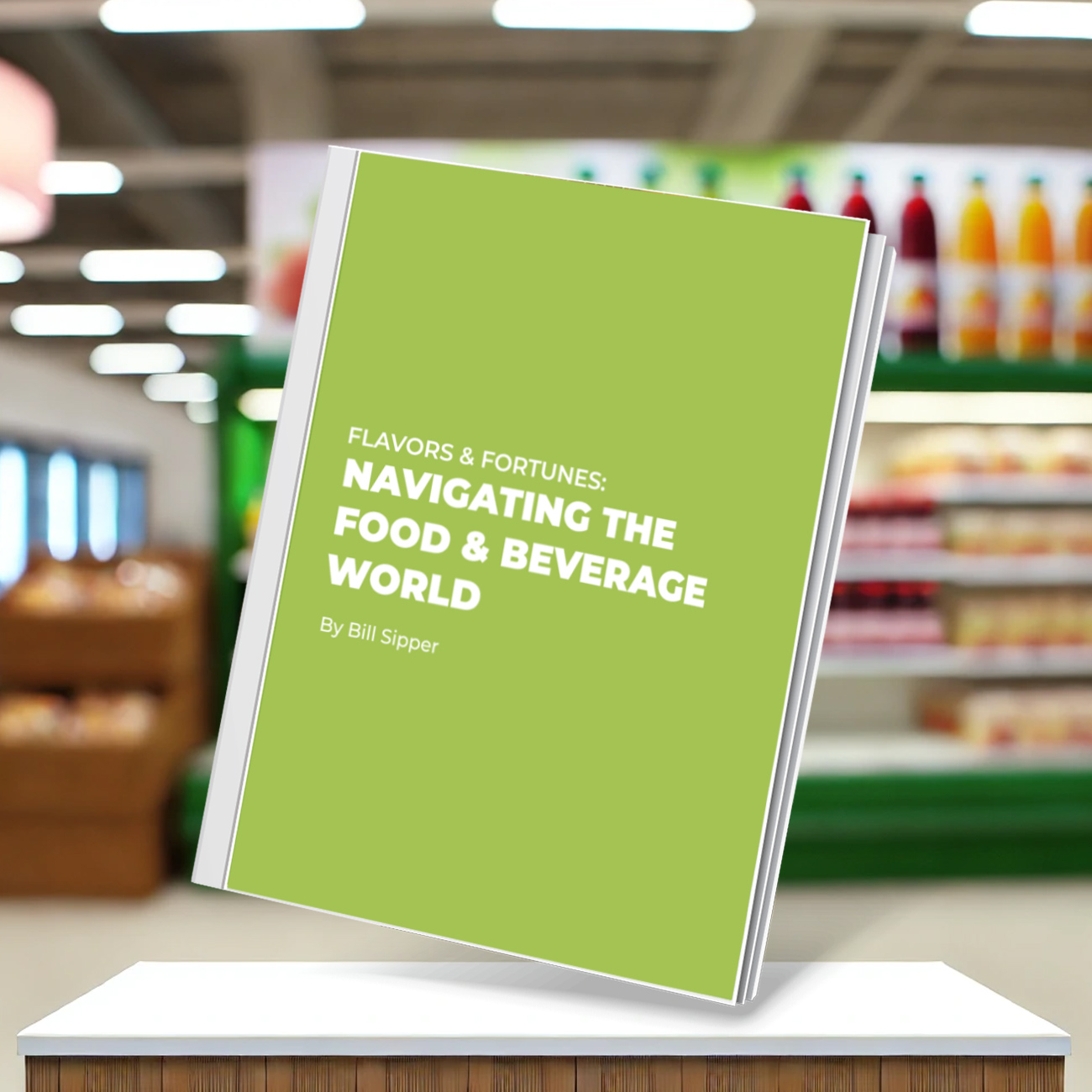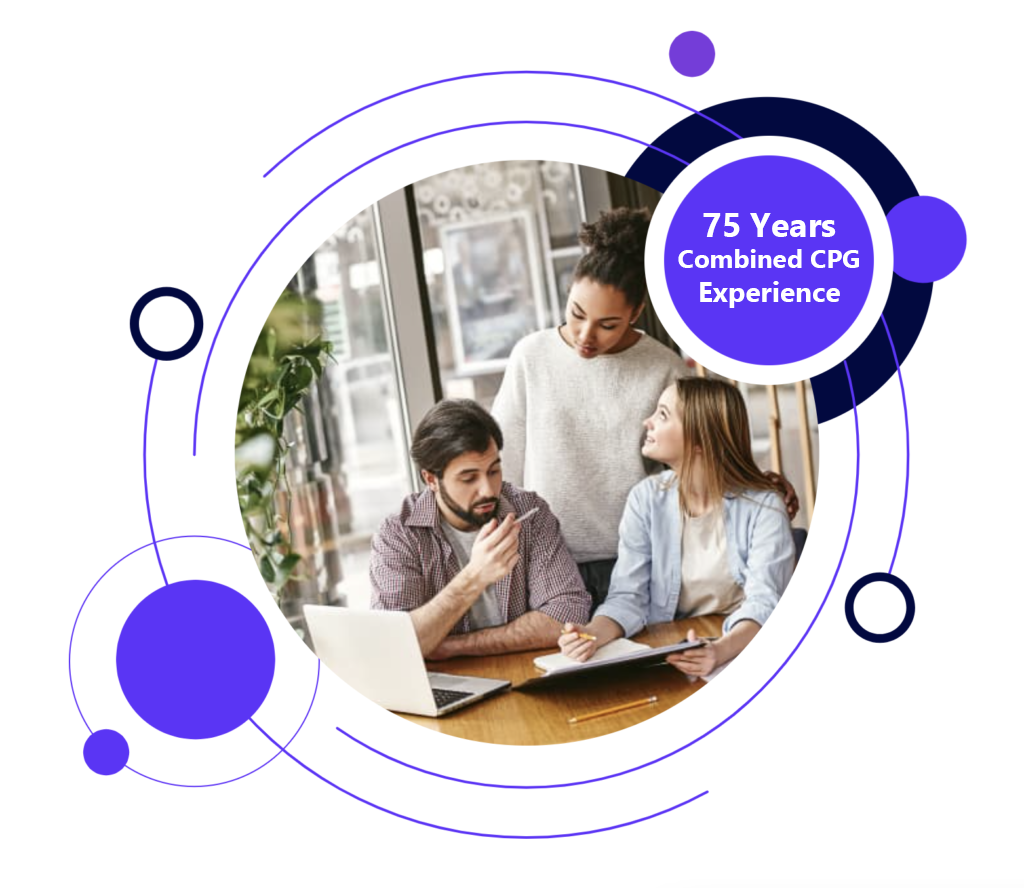
CASCADIA: EXPERIENCE YOU CAN TRUST

The ultimate Cascadia’s Book: understanding food & bev professional services
Forget the fluff!
Gain insider knowledge from experienced food & bev experts with 30 years of industry experience. We have worked with top brands like Evian and Naked Juice. Additionally, we’ve collaborated with leading industry players such as Bain and Coca-Cola, offering you unparalleled insights and expertise.


Cascadia: Experience that makes the difference
Unleash the full potential of your brand with Cascadia Managing Brands! As food and beverage experts, we offer cutting-edge knowledge and unmatched expertise to elevate your brand. We are more than just a team; we are brand alchemists who transform the ordinary into the extraordinary. Our unparalleled services in Brand Management, Sales, Sales Management, and Marketing will take your brand to new heights.
But why stop there? As food & bev experts, we’ve stepped it up by mastering the digital realm. Our latest tools include custom social media content creation and management services, along with Amazon services designed not just to keep up, but to set the pace. With us, your brand doesn’t just thrive—it dominates. Ready to make your mark? Let Cascadia be your guide in this bold new era of brand evolution!

Your Partner in Food & Beverage Success
Discover how Cascadia Managing Brands can elevate your food and beverage brand to new heights. Download our brochure to learn more about our expert services in sales, marketing, and brand management. Click below to get started!
Past and Current Brand Experience
how become food & bev experts
Elevate your brand to new heights with Cascadia Managing Brands! As a food & bev experts our proven expertise is a game-changer in the industry. Think beyond the ordinary:
• Sales Execution Mastery: As food & bev experts, we don’t just sell, rather, we revolutionize sales narratives to create impactful and lasting impressions.
• Strategy Development Wizards: We specialize in crafting strategies that not only follow trends but, more importantly, set them. Explore our leading strategy development insights, inspired by Harvard Business Review.
• Brand Management Gurus: Our approach goes beyond mere brand management. Instead, we transform brands into legends, setting new standards in the industry.
• Marketing Innovation Pioneers: Our marketing efforts are not just effective; they are groundbreaking and set the bar for innovation and creativity.
• Operational Excellence Titans: In the food and beverage industry, we don’t merely achieve excellence; we define it, serving as the benchmark for operational standards.
With Cascadia’s food and beverage experts, your brand isn’t just managed; it’s transformed into a market-defining force. Let’s not just reach your goals—let’s shatter expectations and create a lasting legacy.
75
Years Combined
CPG Experience
What Cascadia Does
Custom Packages For Your Unique Needs
Every brand is unique, which is why our food and beverage experts start by listening. After thoroughly understanding your specific needs, we develop a tailored services package designed just for you.
Free Consultation with Cascadia
ABOUT
We work as one, inside Cascadia – and with you.
Useful Links
Office in New Jersey
join our E-list
… so we can notify you of important news and offers. We will not share your information with third parties
